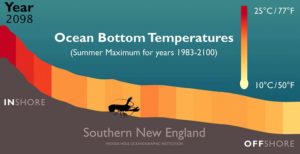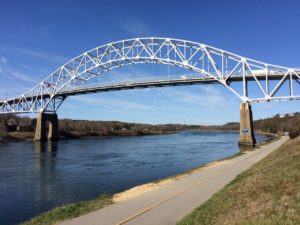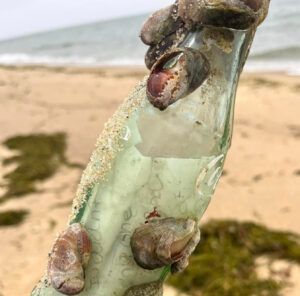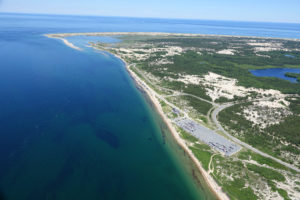 HYANNIS – A new study led by Woods Hole Oceanographic Institution researchers shows that rising temperatures along the bottom of the Atlantic will force American lobsters further offshore and farther north.
HYANNIS – A new study led by Woods Hole Oceanographic Institution researchers shows that rising temperatures along the bottom of the Atlantic will force American lobsters further offshore and farther north.
Bottom temperatures along the East Coast may rise by up to 4.3 degrees Celsius (7.7 degrees Fahrenheit) by the end of the century, according to the predictions of climate models.
“Temperatures typically between 12 and 18 degrees Celsius tend to be good and help improve recruitment of new lobsters to the population and temperatures above 20 degrees Celsius (68 degrees Fahrenheit) tend to be very stressful for these guys,” said Jennie Rheuban, the lead author of the study published online last month in the “Journal of Geophysical Research: Oceans.”
The models indicate the conditions in the species’ southernmost range, from Long Island Sound through Buzzards Bay, will likely be less hospitable in the future for juveniles.
“The length of time that the lobsters might be experiencing stress in the future, the number of days where they are experiencing temperatures above 20 degrees Celsius, is increasing dramatically in southern New England – or might increase dramatically over time because of climate change,” Rheuban said.
Warming temps are already causing a decline in catch in Southern New England.
The study also predicts the booming lobster fishery in the Gulf of Maine will continue to thrive and expand.
Higher temperatures can affect lobster egg hatching and larval survial, Rheuban said. Female lobsters carry their eggs with them, and when the eggs hatch is largely determined by the temperature history the eggs have experienced.
“If adult females are forced into deepter water because the temperatures are more ideal, larvae may hatch outside of the nursery habitat and be less likely to survive,” Rheuban said.
“Juveniles also may be forced into offshore waters that are less safe from predators.”
Coauthor Maria Kavanaugh, a former postdoctoral investigator at WHOI and now an assistant professor at Oregon State University, said warming temperatures can also reduce energy stores of overwintering invertebrates, such as lobster and copepods, and lead to more diseases.
The American Lobster fishery is one of the most profitable, wild-caught fisheries and grossed more than $600 million in revenue in 2016. The fishery employs thousands of people in the region and leads to substantial regional economic benefits.
Rheuban said the time lobsters will experience stress in southern New England waters would be the same regardless of whether the climate policy remains as it is today or if new policy is adopted that would cut warming in half.
Rheuban said the study focused on the American lobster, but the data could also be used to look at the impacts on other bottom-dwelling species, such as sea scallops.
By BRIAN MERCHANT, CapeCod.com NewsCenter
























